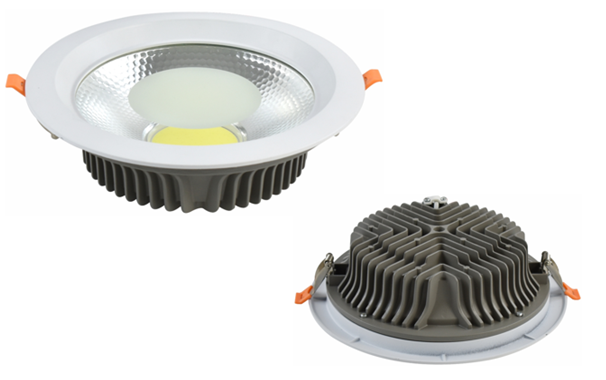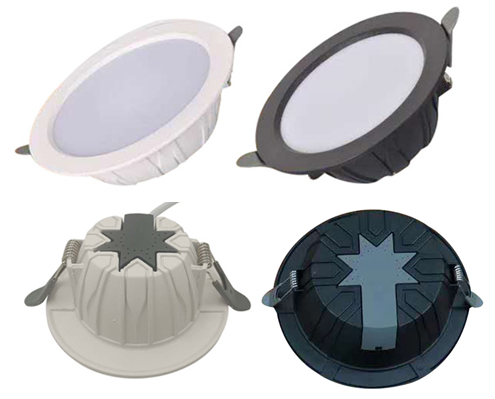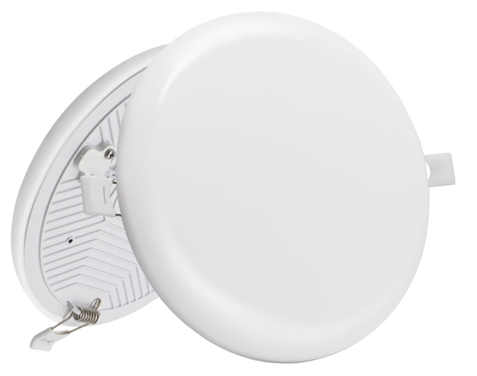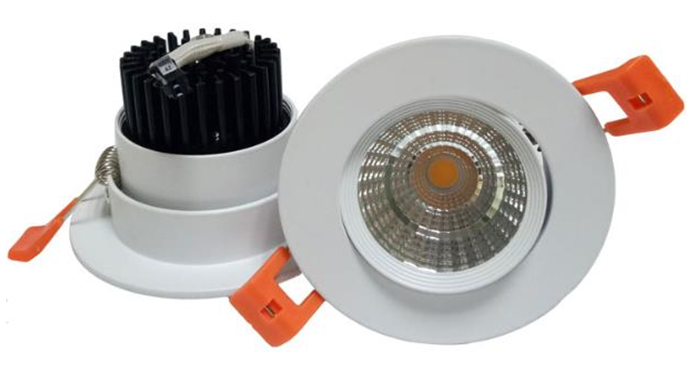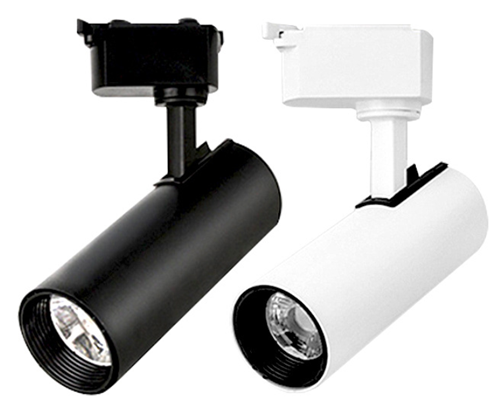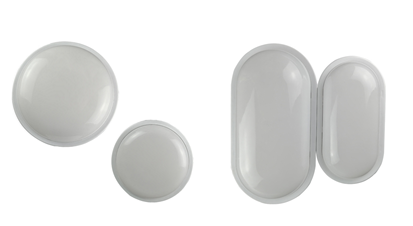Newstype
Latestnews
Hotnews
Compatibility per watt, meaningful metric for dimmable LEDs
 With over 600 dimmer types on the market today – almost all designed for incandescent lamps – a major challenge in designing dimmable LED drivers is how to ensure consistent performance. This article explains which aspects of phase-cut dimmable LED lamp electronics should be considered in evaluating performance in terms of dimmer compatibility. A new parameter, “compatibility per watt,” is introduced to take into account factors including increasing LED efficacy and controllability, in addition to stability. The trade-off between electronics dissipation and dimming curve is emphasized.
With over 600 dimmer types on the market today – almost all designed for incandescent lamps – a major challenge in designing dimmable LED drivers is how to ensure consistent performance. This article explains which aspects of phase-cut dimmable LED lamp electronics should be considered in evaluating performance in terms of dimmer compatibility. A new parameter, “compatibility per watt,” is introduced to take into account factors including increasing LED efficacy and controllability, in addition to stability. The trade-off between electronics dissipation and dimming curve is emphasized.
Recent developments in SSL technology have resulted in a large number of LED driver ICs for retrofit lamps that offer phase-cut dimmer compatibility. The manufacturers of these devices claim “dimmer compatibility” without mentioning constraints. However, when observed in more detail, one will invariably notice limits on the applicable range of these solutions – as well as a wide range of what can be defined as “compatible.”
The absorbed mains input power is the most important factor that dictates the level of compatibility. Other factors are power factor, THD, electronics dissipation, dimming range and electronics dissipation under dimmed conditions. Because of steadily increasing LED efficacy (lumen/watt), the input power of retrofit LED lamps intended to replace incandescent 40- or 60-watt bulbs, is going down. As an example, a 40 watt frosted incandescent lamp produces about 440 lumen, and a 60-watt clear incandescent lamp about makes 750 lumen. Today, commercially available LED lamps need about 7 W to replace the 40-watt lamp and 8.7 W to replace the 60-watt lamp (corresponding to 63 respectively 86 lumen/watt), and this input power keeps on decreasing.
Now imagine one would create a LED lamp with 60-watt input power and a power factor of 1 and a cosines ? of 1. Perfect compatibility with all dimmers requiring a minimum load of 60 watt or less is almost certain, since the load now is equal to the original load for which the dimmer was designed. In fact, the threshold at which things become difficult is below 10 W input power. At this moment, solutions that offer acceptable compatibility under 4.4 W input power are not offered, though with the existing trend in lower lamp powers, this will be the application hot spot in near future.
“Compatibility per watt” is a more meaningful parameter to express the performance of dimmable IC solutions than compatibility alone, and comparison of solutions can only be valid if the same lamp power level and other characteristics are present. Unfortunately, this is never the case. Further confusion can be created by the term compatibility. Some manufacturers are considering stable light output (no flicker, shimmer or other visible variation in light output) as the only relevant parameter to determine compatibility, and sacrifice other parameters like dimming range and continuous dimming control to achieve this goal. However, the end user who replaces an incandescent bulb not only looks at stability but also expects a performance on other parameters to be equal to the original light source. Looking at incandescent lamps, the typical dimming range in light output is about 1:1000, or 0.1 percent.
NXP determines lamp performance from end user perspective on a combination of these criteria, divided into two aspects:
- Stability: The level to which the lamp is able to avoid visual disturbances like flicker, shimmer and flashing
- Controllability: The level to which the user can control and reduce the lamp light output. This not only includes dimming range, but also the ability of the lamp to deliver full light output when a dimmer is inserted, and the range over which the lamp is sensitive to change in dimmer position ( control span ). Also, steps in light output, dead bands, flash at startup, settling time and hysteresis at turn on and turn off are taken into account.
Weighing factors are arbitrarily given (2:1) for above two aspects, from which a total absolute performance score can be derived between 0 and 333. Last rating applies to the 60-watt incandescent lamp. Though this score may be meaningful, it is even more informative to include lamp power. No products are offered yet that provide 1 to 1 compatibility at lamp powers below 4.4 W power. A formula where the lamp absolute performance is divided by lamp input power minus hypothetical minimum lamp power (set at 2 W) will give an indication to what stage the driver and IC is capable to utilize the available lamp power to create dimmer compatibility. This quotient we named power merit factor.

From this score, we can compare our own and competitors progress. Figure 1 plots the results when the dimmer compatibility score is set against input lamp power.

Figure 1: Lamp power versus lamp dimmer compatibility.
The main conclusions from this graph are that the products currently sold by NXP can be more than competitive, and a substantial improvement in achieving compatibility has been achieved using the same ICs since first release in 2008. Dimmer compatibility only partially depends on the IC features, but mostly on the way the IC has been designed in. Application knowledge is of crucial importance in designing a mains-dimmable LED driver.
Parameters not taken into account to this point are internal electronics dissipation, peak dissipation during dimming and power factor. Though it is possible to create a higher level of dimmer compatibility using a design with extreme low power factor and high mains harmonics at dimmed position, the current trend is not to exploit this loophole because it does not comply with future and current quality standards, and is misleading in terms of energy consumption. It is recommended that the reactive power of a dimmable LED lamp remains below two times the undimmed real power over the complete dimming range.
For internal electronics dissipation, most designers specify only the driver efficiency without use of a dimmer. There are, however, other parameters to consider:
- Total peak dissipation of the lamp. This determines the thermal design of the lamp, and thus the size of the heat sink and lamp size. Total peak dissipation occurs mostly with leading edge dimmers at large opening angles. Additional losses required to maintain a stable mains line signal add to the total lamp dissipation, and depending on the dimming curve, the lamp power can exceed nominal power.
- Peak dissipation of the internal electronics. Electronics construction and components must be designed such that peak dissipation can be handled. Though provisions can be made to distribute additional dissipation during dimming over a larger number of components, all dimmable led lamps have additional circuitry to provide additional load to keep dimmers operational and stable.
- Lamp power at lowest dimming angle. In order to achieve energy savings, the user expects the lamp to draw substantial less power when dimmed. However, this power cannot be zero, because the lamp still has to provide sufficient load to keep the dimmer operational and stable. A lamp power less than 1 watt is recommended.

Figure 2: Electronics dissipation versus dimming angle of a number of dimmable 230V LED lamps.
Figure 2 shows peak electronics dissipation powers between 4.5 and 1.5 W. The lamp output power can be utilized as complementary load to the electronics in the dimmer. As such, a tradeoff exists between dimming curve, dimming range, and internal electronics dissipation. Some manufacturers utilize this in an active way: The IC senses if unstable operation is reached at a certain dimming angle, and provided the electronics dissipation bandwidth is fully used, the lamp output power, and thus light amount, is increased again until stability is reached.
Future quality standards already anticipate this method, defining minimum dimming level below 50 percent as compliant. From an end user perspective, the lamp operates stably, but the dimming range is dissatisfying. Also, the dimming curve can be shifted towards small opening angles. This way, electronics dissipation at large opening angles can be reduced, but a dead band will occur when controlling the dimmer at large opening angles. It is evident that these aspects and tradeoffs become more critical at lower lamp powers. At higher wattage lamps, one could utilize the headroom to improve dimming curve and controllability again.
About the author
Victor Zwanenberg is a senior application engineer at NXP Semiconductors. Victor has over 25 years experience in various fields of electronics design and production. Since 2003, Victor has specialized in the AC/DC LED driver electronics field and retrofit LED lamp design.

 Chinese
Chinese English
English